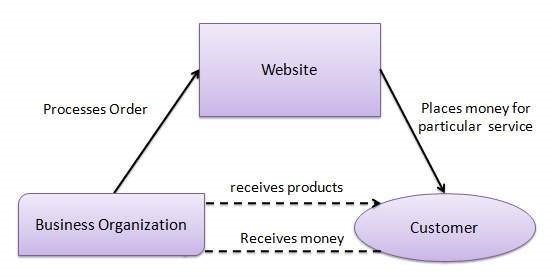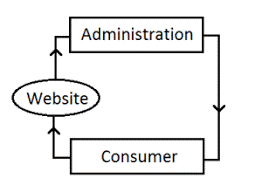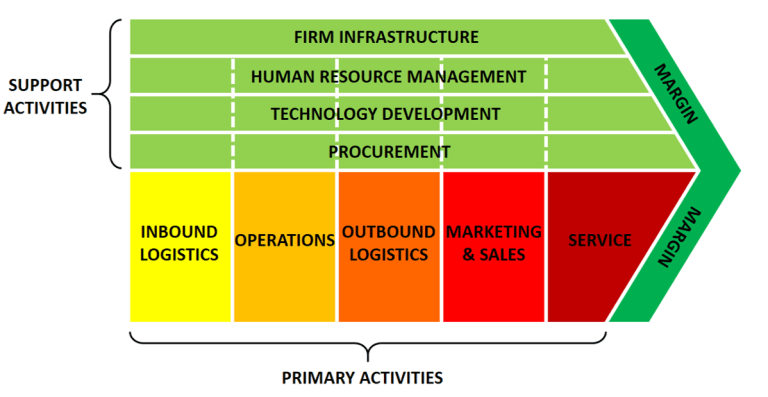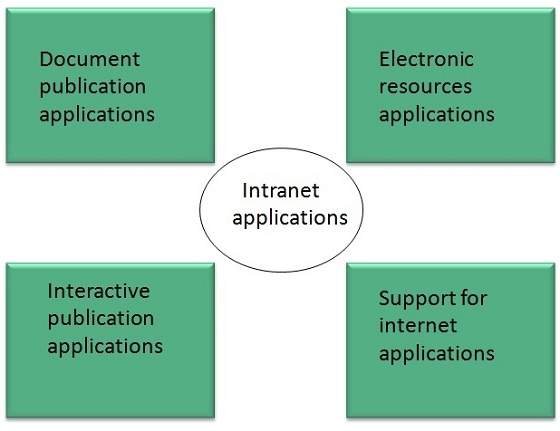Key differences between e-Commerce and e-Business
e-Commerce
E-commerce, or electronic commerce, refers to the buying and selling of goods and services over the internet. It encompasses a wide range of online business activities, including retail shopping, banking, investing, and rentals. E-commerce allows businesses to reach a global audience, operate 24/7, and reduce operational costs through automated processes. It includes various models like Business-to-Consumer (B2C), Business-to-Business (B2B), Consumer-to-Consumer (C2C), and Consumer-to-Business (C2B). Key components of e-commerce include online marketplaces, payment gateways, and digital marketing. The rise of mobile commerce and social media integration has further expanded the e-commerce landscape, making it a vital part of the modern economy and transforming traditional retail practices.
Functions of e-Commerce:
-
Online Retail (E-Tailing):
Selling products directly to consumers through online platforms, bypassing physical stores.
-
Electronic Payments:
Facilitating secure online transactions through various payment methods such as credit/debit cards, digital wallets, and online banking.
-
Supply Chain Management:
Managing the flow of goods, services, and information from suppliers to customers, optimizing inventory, order fulfillment, and delivery processes.
-
Digital Marketing:
Promoting products or services through digital channels like social media, search engines, email marketing, and targeted advertising.
-
Customer Relationship Management (CRM):
Managing interactions with current and potential customers to improve relationships, enhance satisfaction, and drive sales.
-
Data Analytics:
Collecting, Analyzing, and interpreting data to gain insights into customer behavior, market trends, and business performance, enabling data-driven decision-making.
-
Mobile Commerce (M-Commerce):
Conducting e-commerce transactions using mobile devices such as smartphones and tablets, allowing customers to shop anytime, anywhere.
-
Security and Privacy:
Implementing measures to safeguard sensitive information, including secure payment processing, encryption, authentication, and compliance with data protection regulations like GDPR.
e-Business
E-business, short for electronic business, refers to conducting various business activities using the internet and related digital technologies. This encompasses online transactions, communication, collaboration, and management of business processes. E-business involves a wide range of operations, including online retail (e-commerce), online services, digital marketing, customer relationship management (CRM), supply chain management, and more. It allows companies to reach a global audience, streamline operations, reduce costs, and enhance customer experiences. E-business has revolutionized traditional business models by enabling swift and efficient transactions, real-time communication, and data-driven decision-making. It continues to evolve with advancements in technology, shaping the landscape of modern commerce and offering new opportunities for innovation and growth.
Functions of e- Business:
-
Online Transactions:
Facilitating the buying and selling of goods and services over the internet, including online payments and order processing.
-
Digital Communication:
Using digital channels such as email, instant messaging, and video conferencing for internal and external communication.
-
Virtual Collaboration:
Enabling teams to collaborate remotely through online collaboration tools, shared documents, and project management platforms.
-
Electronic Customer Service:
Providing customer support through digital channels like chatbots, helpdesk software, and online FAQs.
-
Electronic Marketing:
Promoting products or services through digital marketing channels such as social media, search engines, and email campaigns.
-
Data Management:
Collecting, storing, and analyzing data related to customers, transactions, and operations to gain insights and inform decision-making.
-
Supply Chain Integration:
Integrating digital technologies to manage the flow of goods, services, and information across the supply chain, from sourcing to delivery.
- Cybersecurity:
Implementing measures to protect digital assets, including data, networks, and systems, from unauthorized access, cyberattacks, and data breaches.
Key differences between e-Commerce and e-Business
| Aspect | E-Commerce | E-Business |
| Scope | Online transactions | Digital operations |
| Focus | Buying/selling goods | Overall business |
| Interaction | Transactional | Holistic |
| Revenue Stream | Sales | Diverse |
| Technology Usage | Transactional tools | Broad tech adoption |
| Customer Relationships | Transaction-based | Comprehensive |
| Market Reach | Targeted audience | Broad customer base |
| Functionality | Selling platform | Business operations |
| Integration | External | Internal and external |
| Data Utilization | Transaction data | Business analytics |
| Operational Impact | Sales efficiency | Overall efficiency |
| Strategy | Sales-driven | Business strategy |
| Growth Potential | Limited | Scalable |
| Innovation Focus | Product offerings | Business processes |
| Competitive Advantage | Product selection | Business agility |












